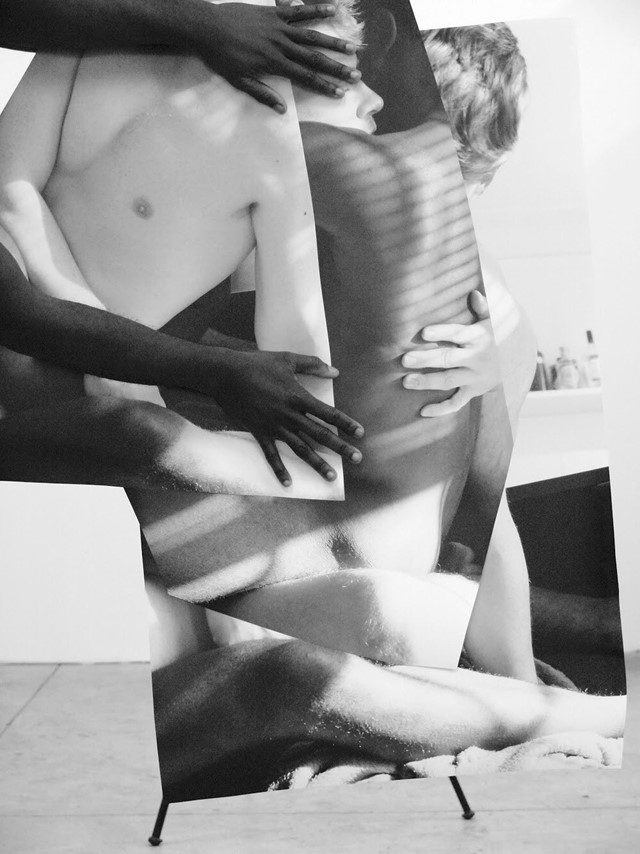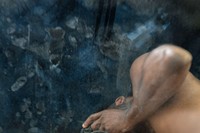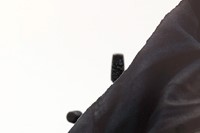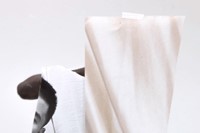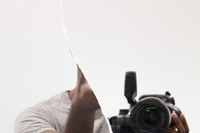Paul Mpagi Sepuya’s intimate, gentle work turns the interior of his studio into a powerful stage
Artists’ studios make for great stages. They possess myriad functions: lab, playground, therapist’s office. And some of the greatest photographers have used their studios to explore queerness, safely: Robert Mapplethorpe, Andy Warhol, Duane Michals. It’s understandable then Paul Mpagi Sepuya is continuing this tradition by setting his portraits squarely in his LA studio. As a queer black male, it’s one of the few safe spaces he has.
Sepuya’s hushed photos feel like scrapbook snapshots, documentations of raw intimacy being shone. Nothing is hidden. Sepuya’s male models are frequently nude and half-fallen curtains, tripods, and stools – all the traditional tricks used to make portraits, well, portraits – are visible. Sometimes, you can even see Sepuya’s reflection in a mirror, the artist squinting into his camera’s viewfinder and pressing down on the shutter. In an age when we use filters and editing tools to obstruct our true selves, Sepuya’s inclination for minimalism and honesty feels deeply radical.
His approach extracts the softness of masculinity. Here is the male body nude and fragile, sensual and innocent. Of course, Sepuya is often his own subject. You can’t promote vulnerability without practising it yourself. Sepuya explains to us what it means to capture his friends and lovers in his safe space.
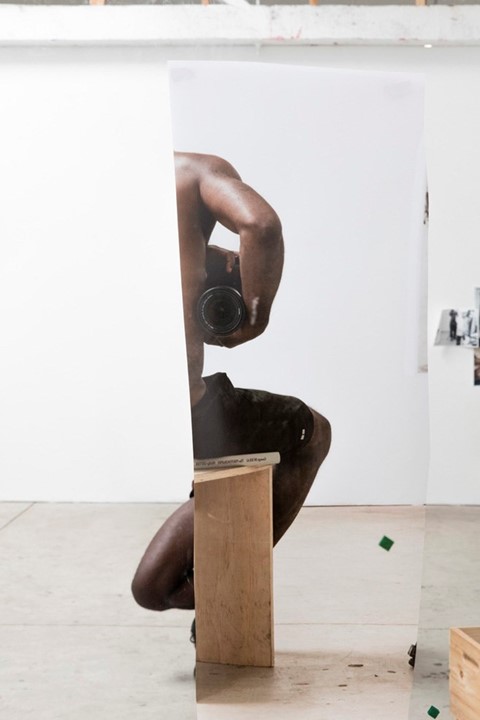
On gleaning inspiration from seminal queer photographers…
“Mapplethorpe said something about picking up the camera because he needed to make the pornographic images for his collages that he couldn’t afford, or was tired of stealing. Genet talks about one of the primary impulses of the homosexual is thievery. I think they’re both right. I wanted to create the images in my adolescent fantasies, if I am honest, and that was very informed by the collision of pornography, fashion, and teen culture on the early internet and magazine stands in the 1990s. I went to undergrad to study photography wanting to copy David LaChapelle, and discovered something else more complicated along the way. A lot of starts and failure and finally asking, why am I drawn to making pictures of these people? Models were interesting but actual relationships were the motivation.”
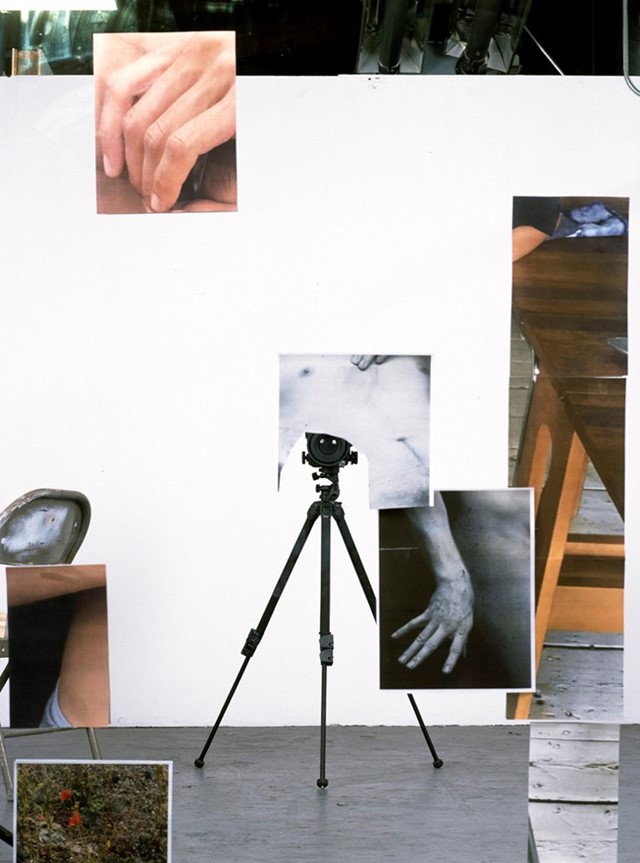
On using friends and lovers as models…
“I only make portraits of people I am interested in, and that comes from friendships, relationships, and mutual desire and interest in the work. The portraits have become transformed and contextualised by current projects. But I have to say, my personal life isn’t revealed in any detail to the outside viewer. I have a project called Some Recent Pictures that is somewhat of a container of diaristic photographs and notes but its volumes are bound and unable for any viewer to go through. If you are outside of my group of friends I wonder what people assume, or think they know about any particular person or relationship. I’m only interested in establishing that the work comes from and requires an intimate space for its creation.”
On homoerotocism…
“I’m thinking about something more than just gay pin-up, in talking about homoeroticism. I’m thinking about how homoerotic friendship is really structured in a radically different way than heterosexual or binary social relations. There is no male gaze and female subject, distinct separation of platonic and erotic, creative and destructive relationships and desire. Roles that can be directed and manipulated, played with, by both artist and subject. And the outside viewer.”
Double Enclosure by Paul Mpagi Sepuya runs until November 18, 2018 at Foam, Amsterdam.
